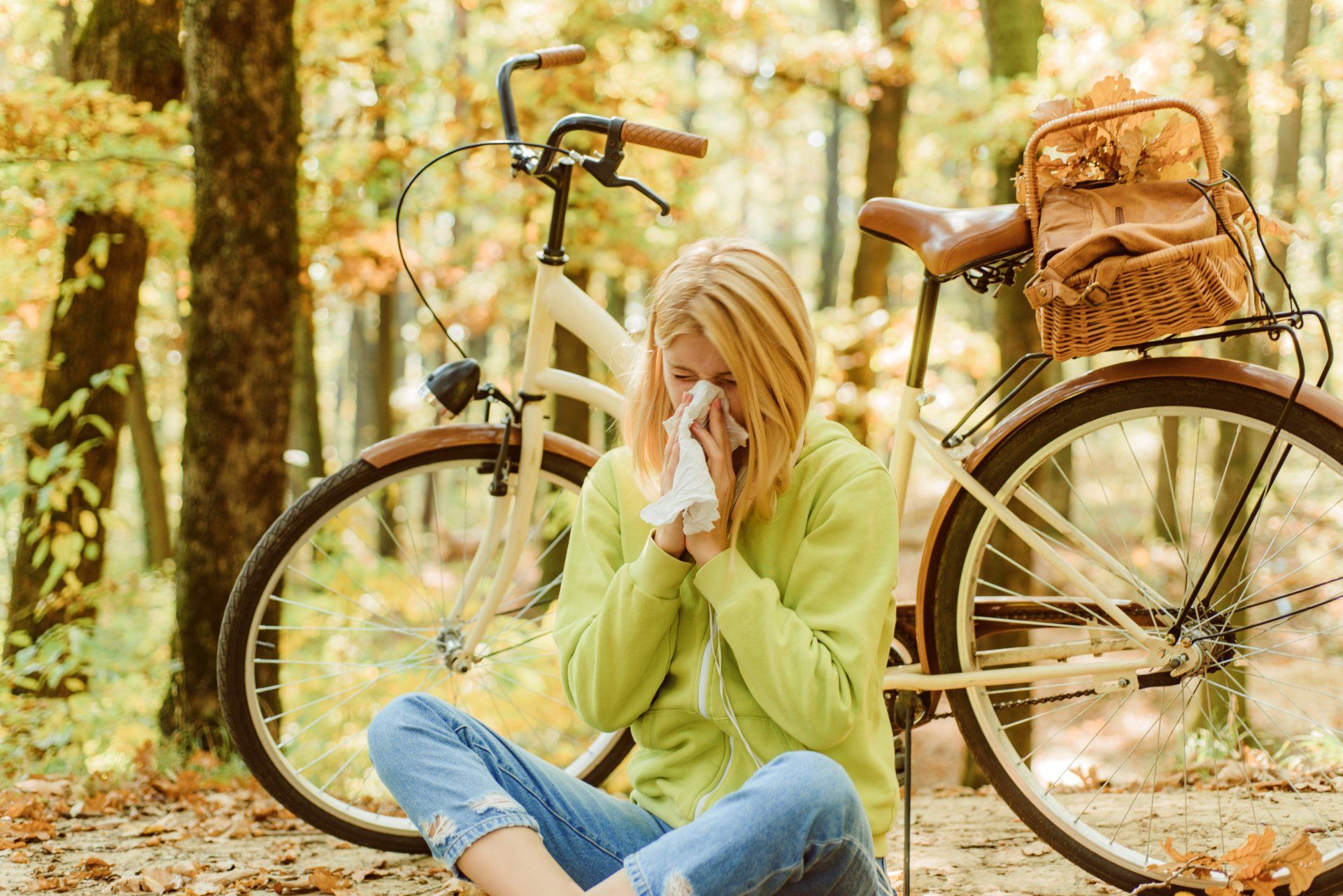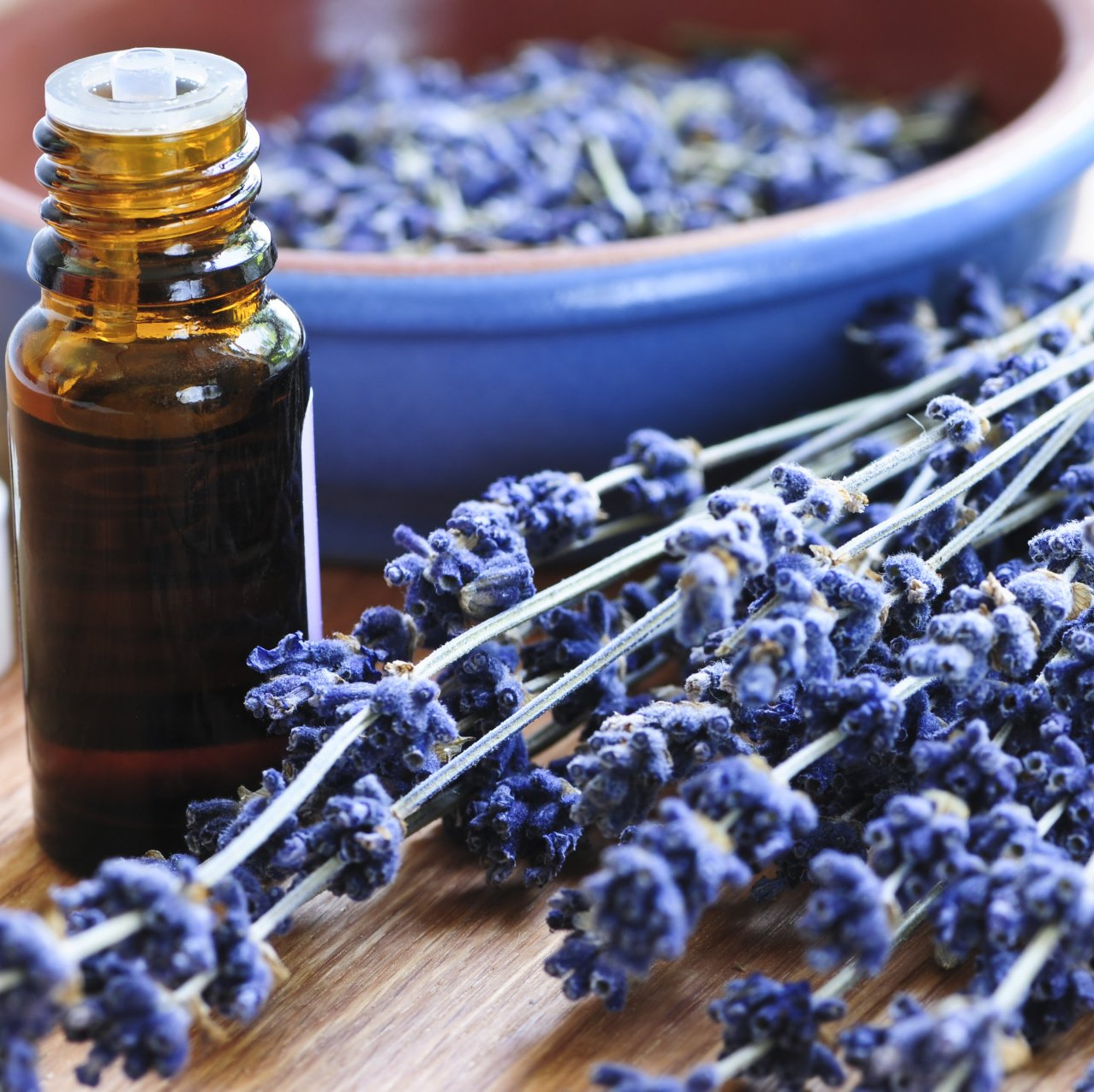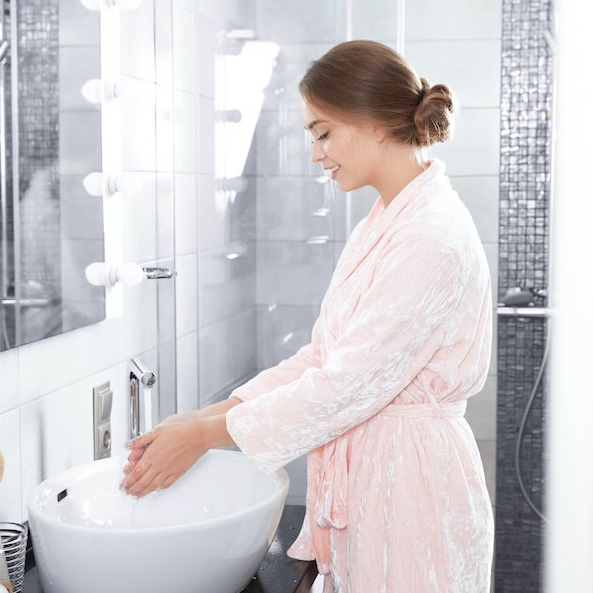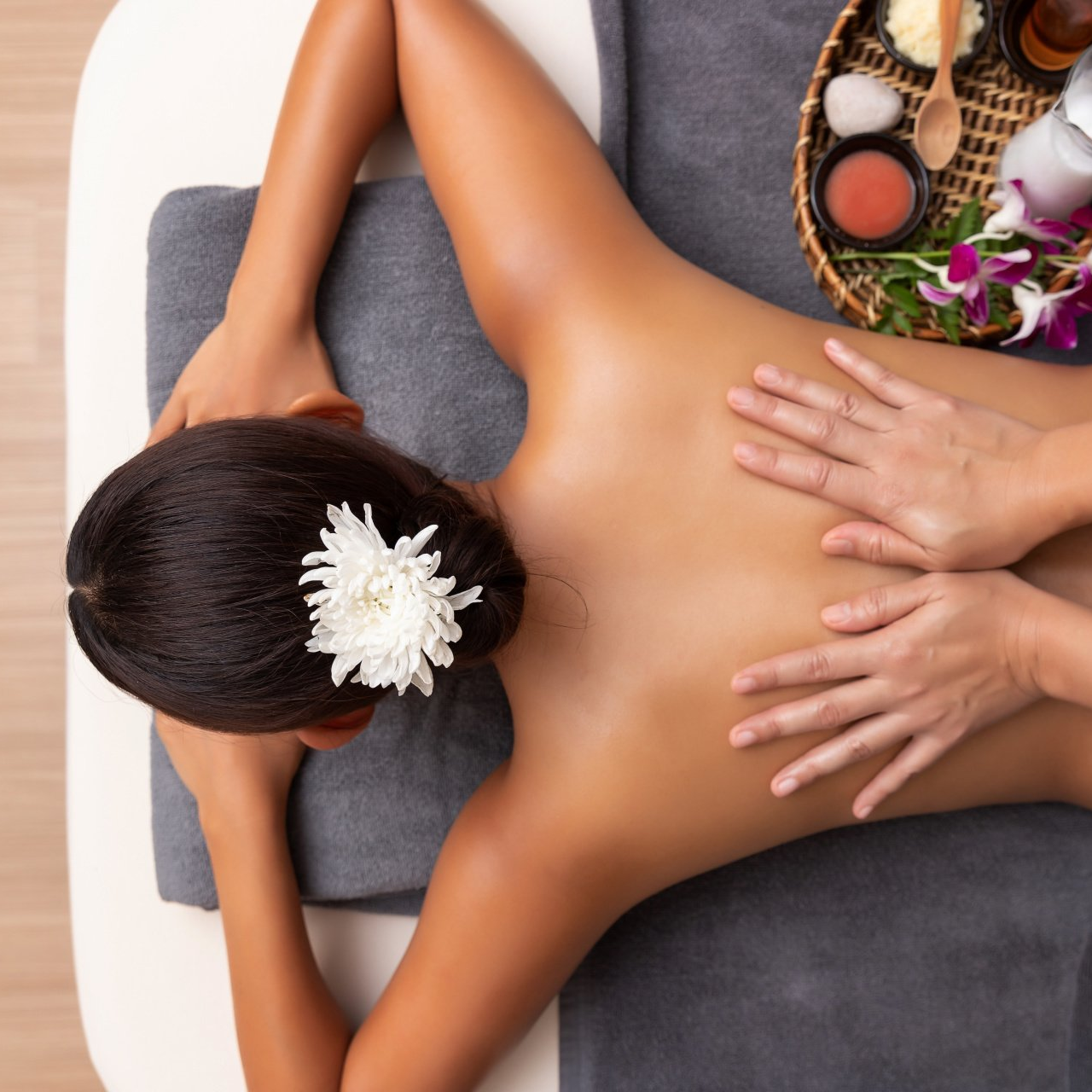Fall Allergies and How to Deal

“Yay, fall allergy season!” Said no one ever. We hear a good bit about spring and summer allergies, but raise your hand if fall is a bigger challenge. The autumn season brings with it new irritants like ragweed, mold and mildew and dust mites. So, how do you cope? Send your itchy eyes and stuffy nose packing with a few tips on how to fight fall allergies.
Ragweed
The #1 allergy pest this time of year is ragweed, as well as the pollen it produces. The yellow flowering weed blooms in August, wreaking havoc on allergy sufferers well into fall. Typically the first frost of the year will wipe out this troublemaker, but that might not be until November. So what can you do about it now?
Take Prescribed Allergy Meds and Plan Outside Time
The last thing you want is to be blindsided by allergy symptoms. If you know you’re prone to discomfort and have been prescribed allergy medication, take that medication before outdoor activities. Pro tip: If possible, plan to go outside after 10 a.m., as pollen levels are highest in the early morning hours.
Leave Allergens at the Door
Don’t bring those pesky irritants inside with you. After work and play, leave shoes and jackets on the porch if possible, or at least by the front door. This will limit the spread of allergens in your home.
Scrub-a-Dub
Daily activities result in dirt and allergen debris clinging to you. To mitigate this, take a shower at night, complete with a thorough wash of your hair. In addition to feeling better, you’ll avoid bringing allergens to bed with you, where they’re likely to get on sheets and pillows.
Mold and Mildew
Growing indoors and out, mold and mildew thrive in damp areas. A leaky basement, as well as an outdoor pile of leaves are both fair game for these spores to grow and multiply. Mold spores spread through the air, so simple chores like raking leaves or sweeping the basement may exacerbate the issue—both during the act itself and wherever the affected elements land. What is an allergy sufferer to do?
Wear Protective Clothing and Equipment
Because mold and mildew are easily spread through the air, it’s wise to dress appropriately when you engage in messy chores. Wear a mask while raking leaves to prevent breathing the spores into your lungs, as well as gloves and old clothes for housework.
Clean it Up
Mold and mildew thrive in just about any damp environment, not just your basement. So, keep an eye on the cleanliness of both your kitchen and bathroom. Bathrooms especially are prone to this gunky buildup in tubs and showers, as well as tile grout. If you spy mold forming in these places, clean it up with a vinegar mixture or mildew cleaner, or replace grout and sealant.
Keep it Low
Allergy treatment can sometimes be a balancing act, because irritants don’t behave the same way. That said, even though it might help symptoms occasionally, try to keep humidifier use to a minimum. The pros recommend keeping home humidity below 50%, so you might actually be better off with a dehumidifier. Consider adding one to allergen-prone areas, like bedrooms, bathrooms and the kitchen.
Dust Mites
They’re around all year, but dust mites present bigger problems during cooler weather. These bugs love to nest in upholstered furniture, so as your indoor time increases, so does your exposure. And when you spend more time on the couch, they’re being fed a steady diet of skin cells, too (We know, gross). It’s tempting to crank the humidifier to combat dry air and allergies, but dust mites thrive in humid environments. Sounds inescapable, huh? Don’t surrender your house just yet.
Tidy Up
Dust mites like upholstery, right? This should be a big focus of your weekly home cleaning routine. Run the vacuum on carpets regularly, launder the curtains and run a hand vacuum over seat cushions to avoid these critters.
The Right Bedding
We track so many unintended pests to bed with us (Pleasant, right?). Luckily, our bedding can actually help. Select a set of hypoallergenic sheets and blankets to use on your bed during allergy season. You still have to launder them regularly, but hypoallergenic sheets will neutralize allergens.
Clean Those Vents
The heat will soon be on regularly in our homes. Do yourself a favor and clean up the air vents before firing up the furnace for the first time. Not only will this ensure that the system is primed and safe for use, but you will also spare your sinuses the effects of stray dust mites. Win-win.
Feel Your Best at Sewickley Spa
Fall allergies are rough, but manageable. From monitoring in-home humidity to regular cleaning regimens, you can easily manage the effects of irritants like ragweed and mold. When allergies hit, turn to Sewickley Spa to feel your best. Our comprehensive wraps remove toxins, while aromatherapy decongests and relaxes the body. Scheduleyour chosen service to feel your best today and every day.










